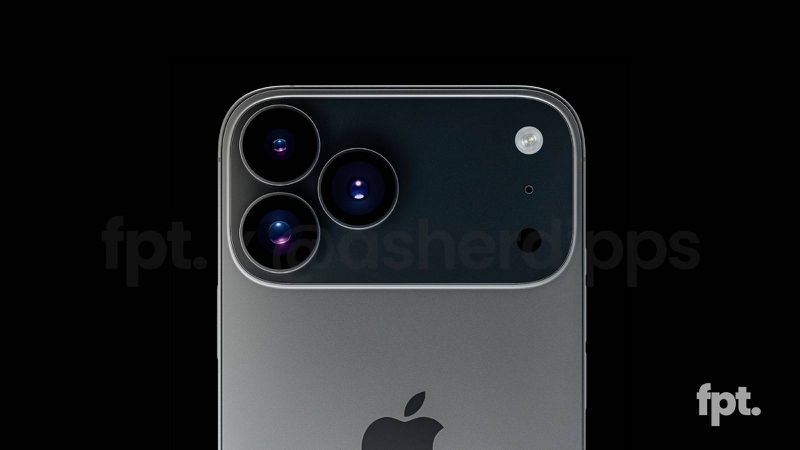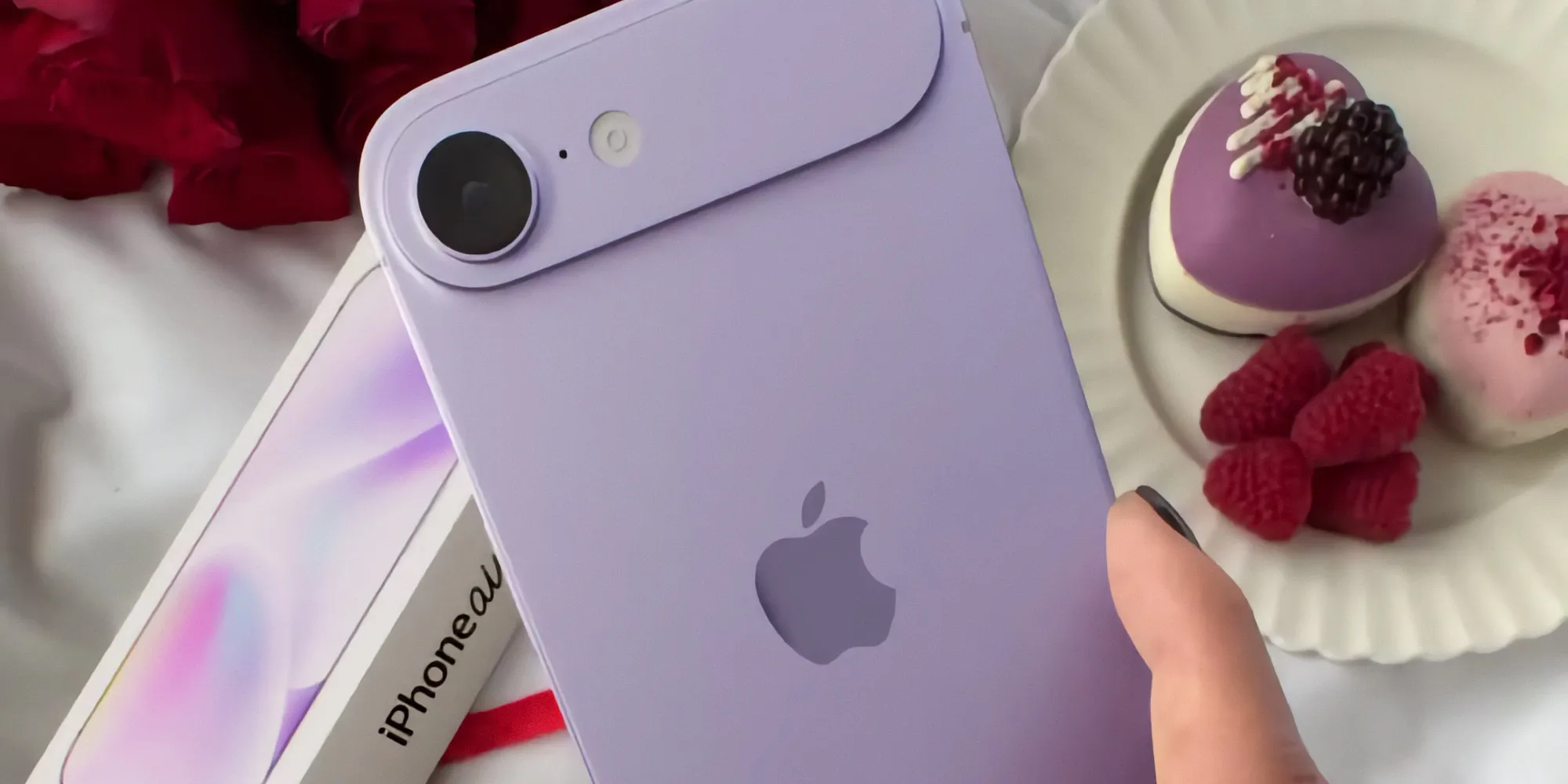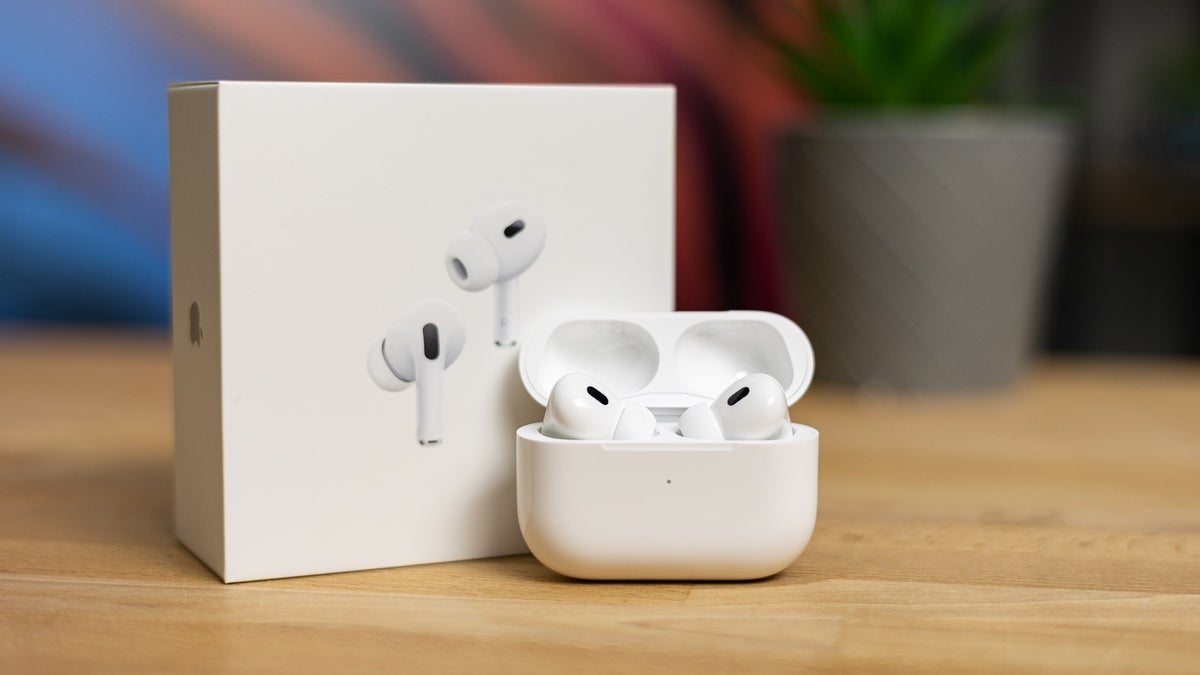Apple has traditionally used a range of materials for the frames of its high-end iPhones, moving from aluminum to stainless steel, and most recently to titanium. Now, whispers in the tech world suggest that for the iPhone 17 series, Apple might revert to aluminum for most models.
According to Jeff Pu, an Apple supply chain analyst, who shared his insights in a note to GF Securities, three out of the four iPhone 17 models – the iPhone 17, iPhone 17 Pro, and iPhone 17 Pro Max – will feature aluminum frames. Surprisingly, the rumored iPhone 17 Air is expected to keep the more durable titanium frame.
This switch back to aluminum for the Pro models is significant because the iPhone 15 Pro and iPhone 16 Pro models were launched with titanium frames, making them lighter than their predecessors with stainless steel frames.
The motivation behind this potential change appears to be environmental. Aluminum has a smaller carbon footprint than titanium, aligning with Apple’s goal to make all its products and supply chain carbon-neutral by 2030. This move echoes Apple’s recent strategy with products like the new Mac mini and certain Apple Watches, potentially positioning some iPhone 17 models as the company’s first carbon-neutral smartphones.
The choice of titanium for the iPhone 17 Air, however, remains a bit of a mystery since aluminum is lighter, which would typically be preferred for a device aimed at being slim and lightweight. Last year, another analyst, Ming-Chi Kuo, hinted that the iPhone 17 Air might use a combination of both materials, with less titanium than used in the iPhone 15 Pro models. While the reasons for these material choices are not entirely clear yet, we can look forward to more details emerging as we approach the expected September reveal of the iPhone 17 series.





